Technology | Management | Policy
Technology Development
Technology drives the free market innovation machine. It has been said that firms must innovateordieso new technologies relentlessly replace old ones. We invent new tools and techniques to harness or exploit a phenomenon of nature; we assemble these new inventions in innovative ways; and, if customers perceive value, then the new innovation is adopted and diffuses into the marketplace. Profits are realized that can be reinvested into new development and the cycle continues.
SAGE has an established reputation of delivering innovative product ideas for our customers. To address our clients’ problems, SAGE connects the assorted dots of the innovation process with an eclectic mix of talent from many domains – physics, engineering, business, political, sociological and others – that all interact. Whether our clients have a technology searching for the next killer app or you have an application in need of the underlying technology, SAGE can help.
Many of the Associates at SAGE are alumni of one of the world’s premier research organization, the Defense Advanced Research Projects Agency (DARPA). A commonly used technique at DARPA is to examine the merits of a new technology investment within the construct of what is known as the Heilmeir Criteria: what are we trying to do? How does this currently get done? Who does it now? What limits our approaches? What is new about our approach? How does it remove the limitations? By how much? Why at this time can our approach succeed? What difference does our approach offer? How long will it take? How much will our approach cost?
Technology Transition
While invention and innovations of a new product or process are necessary, they are not sufficient. Without the adoption of the new product by the market, no revenue is generated. SAGE has enabled our customers to cross the chasm between innovation and user acceptance of their product or process. SAGE has been exceptionally successful in generating user interest in the new product through a holistic strategy that includes demonstrations and field experiments, as well as market segmentation. SAGE understands that early adopters want a strategic advantage from the technology, and the early majority desires a reliable standard that improves their cost function. Early adopters cannot be the reference frame adoption pattern for the early majority. Different factors are important at different stages in the lifecycle of the product. SAGE focuses on the early stage of the development process: recognizing metrics for product superiority.

